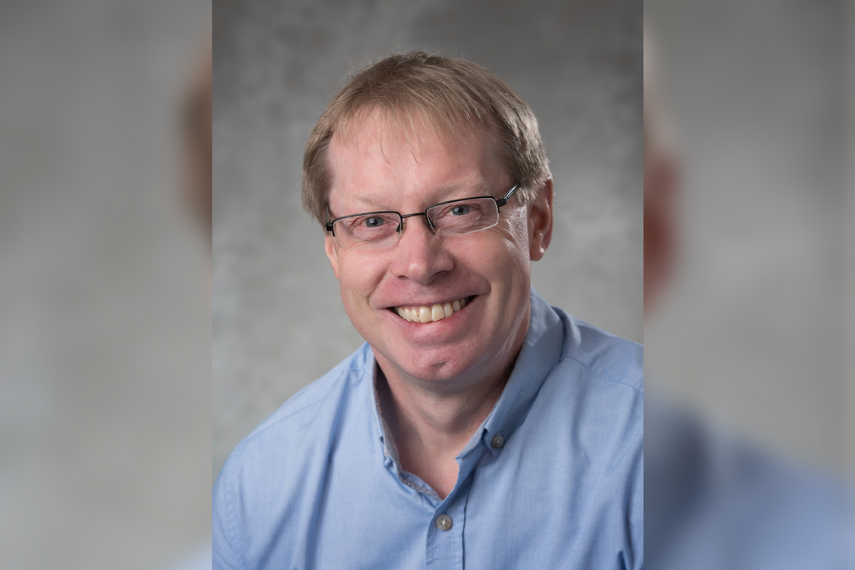The Neutron Navigator: Dr. Garrett's DAEMON Quest at U of G

In the bustling labs in the Department of Physics at the University of Guelph, Dr. Paul Garrett and his team are not just conducting experiments; they are opening new doors to the universe, one neutron at a time. Garrett, a seasoned physicist with a diverse background ranging from health physics to experimental nuclear physics, is leading this cutting-edge research.
DAEMON: A New Window to Neutron Behavior
The focus of their study lies with DAEMON (Detector Array for Energy Measurements Of Neutrons), a sophisticated tool being designed to improve our understanding of neutron-rich nuclei. These tiny particles, often overshadowed by their more famous cousins—protons and electrons- play a crucial role in everything from nuclear reactors to the stars.
DAEMON uses thin plastic scintillators, materials that emit light when struck by particles. Garrett’s team combines these with silicon photomultipliers (SiPMs) - advanced detectors that capture the scintillators’ faint light to map the energy of neutrons. This intricate dance of particles and light provides a new level of precision in measuring neutron energies.
"The challenge was to model this complex interaction accurately," says Garrett.
Garrett, along with students including Harris Bidaman, a recently graduated physics PhD student, faced a daunting task – to model this complex interaction accurately. The focal point of the team’s research was to refine DAEMON’s design to improve its capacity to measure neutron energies with greater precision. This involved intricate computer simulations, testing different materials and configurations, and countless hours of fine-tuning. Their persistence transformed the DAEMON concept, not only elevating its accuracy in predicting neutron behavior but also significantly broadening its application in nuclear physics and astrophysics.
A Collaboration Spanning Continents and Disciplines
The project is a part of a larger collaboration with the TRIUMF-ISAC facility in Vancouver, opening doors to the global scientific community, and inviting collaboration and innovation. The DAEMON project also illustrates how knowledge transcends borders, bringing together minds from around the world.
DAEMON also offers strong benefits to students, with its blend of theory and hands-on experience. From computer simulations to building physical components, it provides a holistic view of the scientific process.
"It's something that has been a very attractive learning experience for students,” says Garrett. “It offers the more theory-based part of doing computer simulations and actually building something with your hands."
Looking to the Future: The Path Ahead for DAEMON
As DAEMON continues to evolve, its potential applications are vast. From developing new types of nuclear reactors to understanding the very fabric of our universe, the insights gained from this project are set to have a profound impact.
This story was written by Mehran Bozorgi as part of the Science Communicators: Research @ CEPS initiative. Mehran is a PhD candidate in the School of Engineering under Dr.s Syeda Humaira Tasnim and Shohel Mahmud. His research focus is on the development of solar-assisted cooling systems to achieve thermal comfort conditions in buildings in different climate conditions.
Funding Acknowledgement: The work has been funded in part by the Natural Sciences and Engineering Research Council (NSERC) Canada.
References:
H. Bidaman, A. J. Radich, P. E. Garrett, V. Bildstein, Z. T. Ahmed, and K. R. Mashtakov, “Conceptual design and simulations for the Detector Array for Energy Measurements Of Neutrons (DAEMON): Validation of optical physics simulations,” Nucl. Instruments Methods Phys. Res. Sect. A Accel. Spectrometers, Detect. Assoc. Equip., vol. 1061, no. February, p. 169151, 2024, doi: 10.1016/j.nima.2024.169151.
H. Bidaman, V. Bildstein, P. E. Garrett, A. J. Radich, Z. T. Ahmed, and K. R. Mashtakov, “Conceptual design and simulations for the Detector Array for Energy Measurements Of Neutrons (DAEMON): Scintillator geometry for the full array,” Nucl. Instruments Methods Phys. Res. Sect. A Accel. Spectrometers, Detect. Assoc. Equip., vol. 1060, no. December 2023, p. 169034, 2024, doi: 10.1016/j.nima.2023.169034.